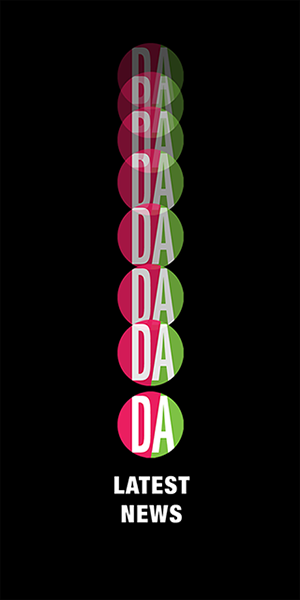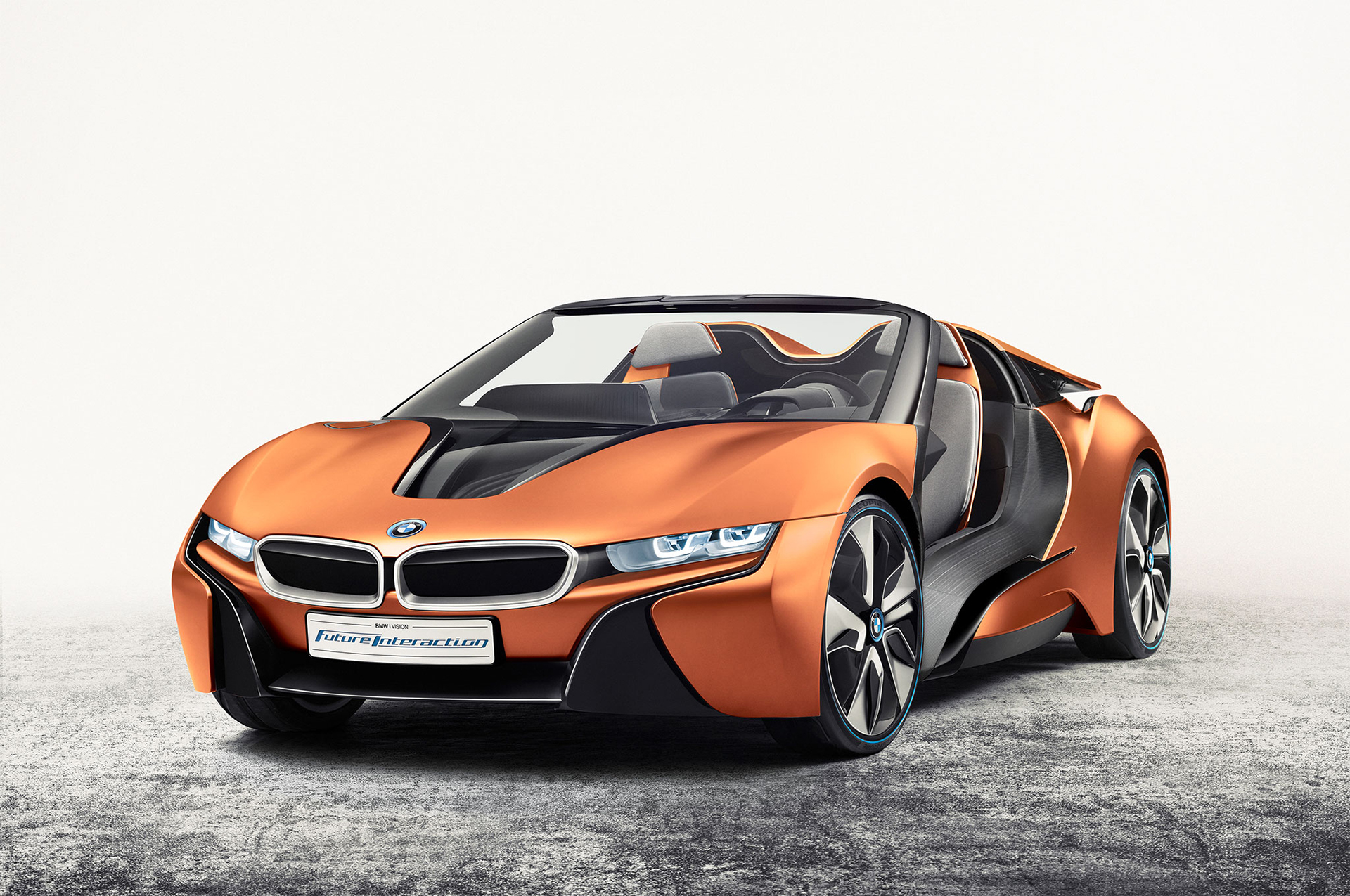Ferry Porsche developed the first Roadster prototype to create an alloy coupe in 1948. In contrast to the Porsche Number 1, the engine was now moved behind the rear axle similar to the Volkswagen. Around 50 356 aluminum coupes were produced between 1949 and 1951.
In 1951 the aluminum coupe’s manufactured in Gmund, Austria, became the basis for Porsche’s entry into the world of automotive racing. On its very first outing at the Le Mans 24 Hour race, the Porsche importer in France Auguste Veuillet, with Edmonde Mouche as co-pilot, drove the aluminum coupe straight to a class victory at an average speed of 140 km/h.
Engine: Four-cylinder twin-valve induction engine as mid-engine, central camshaft with push rods, air-cooled.
Power: 70 HP at 5.000 RPM.
Displacement: 1488 cc.
Fuel system: Two downdraft carburetors.
Transmission: Four-speed gearbox.
Chassis: Self-supporting steel body with aluminium outer panelling, independent wheel suspension, torsion-bar suspension, hydraulic drum brakes.
Dimensions & Weight: Wheel base 2.100 mm.
Length: 3.860 mm.
Weight: 640 kg.
Performance: Top speed 162 km/h.
Chassis No. of the Porsche museum car: 356/2-055.










